The Lotus 3-Eleven, a new 450bhp, 890kg model from the Hethel-based company, is the fastest and most expensive model Lotus has built.
First revealed at the Goodwood Festival of Speed last summer, Lotus says the 3-Eleven covered over 1200 miles of the Nürburgring as part of its test programme, with a fastest time of 7min 06sec being recorded. That time was calculated from adding together the fastest sector times from two separate laps of the course, which Lotus did not have to itself.
Lotus test driver Marc Basseng said that with the track to itself, the 3-Eleven could be able to break the sub-7min lap time barrier.
Initially, Lotus CEO Jean-Marc Gales was confident that his car would be “not far away” from the sub-7min time posted by Porsche’s £1 million 918 Spyder. He said: “The 3-Eleven condenses our engineering know-how into a hardcore package that won’t suit everyone. But it is a perfect demonstration of the concept crucial to all future Lotus cars.”
The car will come in two versions - Road and Race - costing between £82,500 and £116,500, depending on specification.
Gales has called the 3-Eleven “an uncompromised manifestation of the Lotus idiom” that delivers “legendary handling and blistering speed”. In Race form, it lapped Lotus’s Hethel circuit in just 1min 19.5sec, more than 10sec faster than the next-quickest Lotus.
Straight-line performance is just as electrifying. The Race version can cover 0-60mph in 2.9sec, which pitches it straight into McLaren P1 and LaFerrari territory. Flat out, the 3-Eleven can top 174mph in Race trim, and the Road model, on a slightly taller gearing, can do 180mph.
The engine is a transverse, midmounted version of Lotus’s 3.5-litre Toyota-sourced V6, with the supercharger, integrated charge cooler and engine management electronics designed at Hethel. Power is 453bhp at 7000rpm, and maximum torque is 332lb ft at 3500rpm. The Road variant has a dry weight of 925kg and maximum power of 404bhp.
The road-going 3-Eleven gets a conventional six-speed H-pattern gearbox (with racing clutch) and the Race version has an Xtrac sequential six-speed paddleshift ’box. Both have Torsentype limited-slip differentials.
The car has a bonded and riveted aluminium monocoque tub chassis reminiscent of other Lotus models’ but “massively strengthened” for this new application. The Road model’s rollcage incorporates extra side impact bars, and the Race cage has additional bars to meet FIA international race regulations.
The 3-Eleven’s dramatic silhouette is formed in a new composite material 40% lighter than standard glassfibre, its first application in a production car. Designed in-house at Lotus, the car has all the cooling scoops and exit vents a powerful car needs while keeping aerodynamic drag and frontal area low.
The car’s profile is dominated by an “aerodynamically significant” roll-over bar cover and there are different front splitter and rear spoiler designs for Road and Race models. In Race trim, the aero package delivers about 215kg of downforce at 150mph.
The cockpit treatment is minimalistic. There’s an aero screen, the instrument pack is designed around a single TFT screen, and the driver’s seat is a lightweight Lotus-designed bucket. A quick-release steering wheel and four-point harness are both standard.
Road car owners have the option of a tonneau panel covering the passenger’s side, or can remove it and fit an optional passenger’s seat.
Both the Race and Road models get an all-independent suspension with lightweight coil-sprung double wishbones, special Ohlins dampers and adjustable front anti-roll bars. Both models ride on lightweight forged alloy wheels (18in front, 19in rear) and wear either Michelin Pilot Super Sport tyres (Road) or Michelin Cup 2s (Race). Both also get two-piece cross-drilled and vented disc brakes with AP Racing four-piston callipers.
Anticipating strong worldwide demand for the 3-Eleven and the recently announced Evora 400, Lotus is splitting its Hethel production onto two lines, Evora and The Rest, and ramping up production to 70 cars a week by this September from the current 45.
The company expects to take about two years to build the planned batch of 311 cars, selling them both through dealers and from its Racing department. Deliveries will begin in March.
Meet the ancestors
Lotus’s new 3-Eleven picks up a race-car-for-the-road tradition established by founder Colin Chapman as long ago as 1956 with the original, ultra-lightweight Lotus Eleven, which had a super-aerodynamic aluminium body over a steel spaceframe chassis.
It was sold as a road car, but on the track it perfectly embodied Colin Chapman’s “just add lightness” philosophy with a kerb weight of just over 400kg when powered by an 1100cc Climax engine, and it scored impressive class wins at places like Le Mans and Sebring.
Half a century later, in 2007, Lotus launched the doorless, open cockpit 2-Eleven, employing much the same philosophy, with Elise running gear as its basis. The car was nominally available with a tuned version of the Elise’s 1.8-litre Toyota-derived four-cylinder engine, but most buyers opted for the 252bhp version, with supercharging engineered at Hethel, which delivered a 0-60mph time well under 4.0sec plus a 150mph top speed.
However, today’s 3-Eleven, with 20% more weight but 80% more power, promotes the car to a new class.
Get the latest car news, reviews and galleries from Autocar direct to your inbox every week. Enter your email address below:



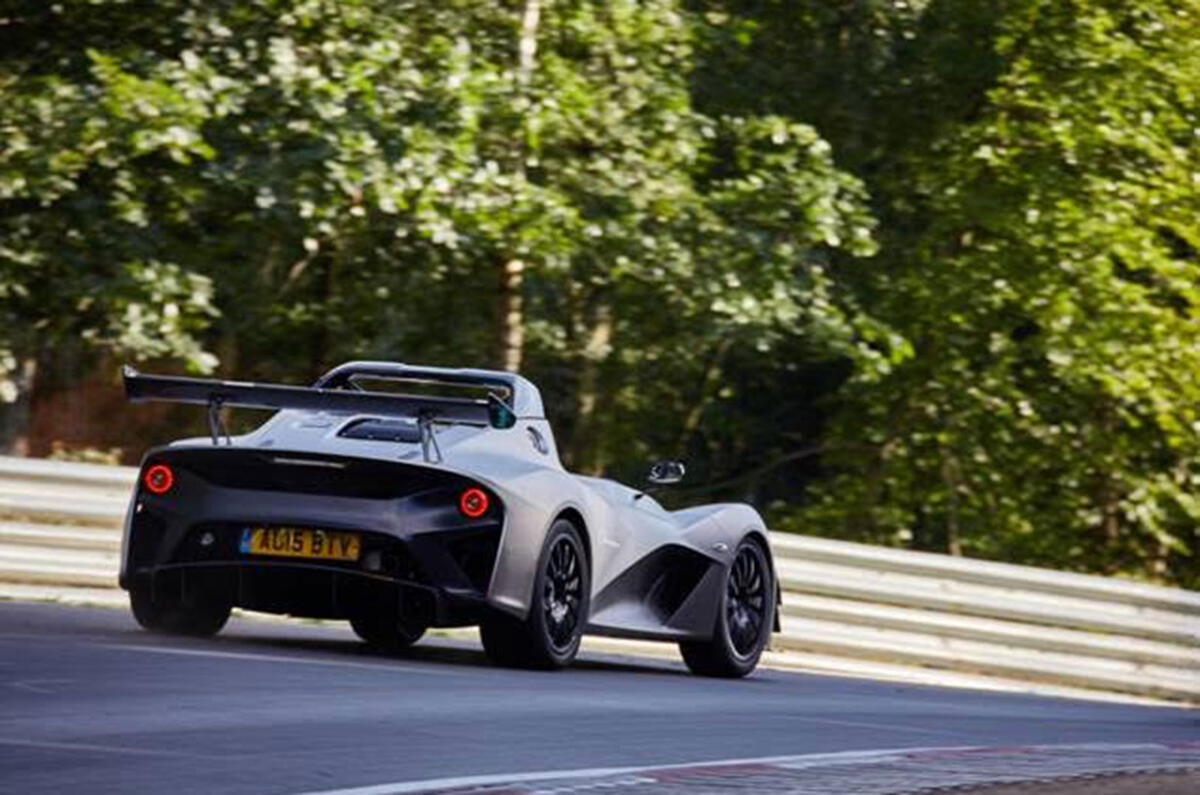

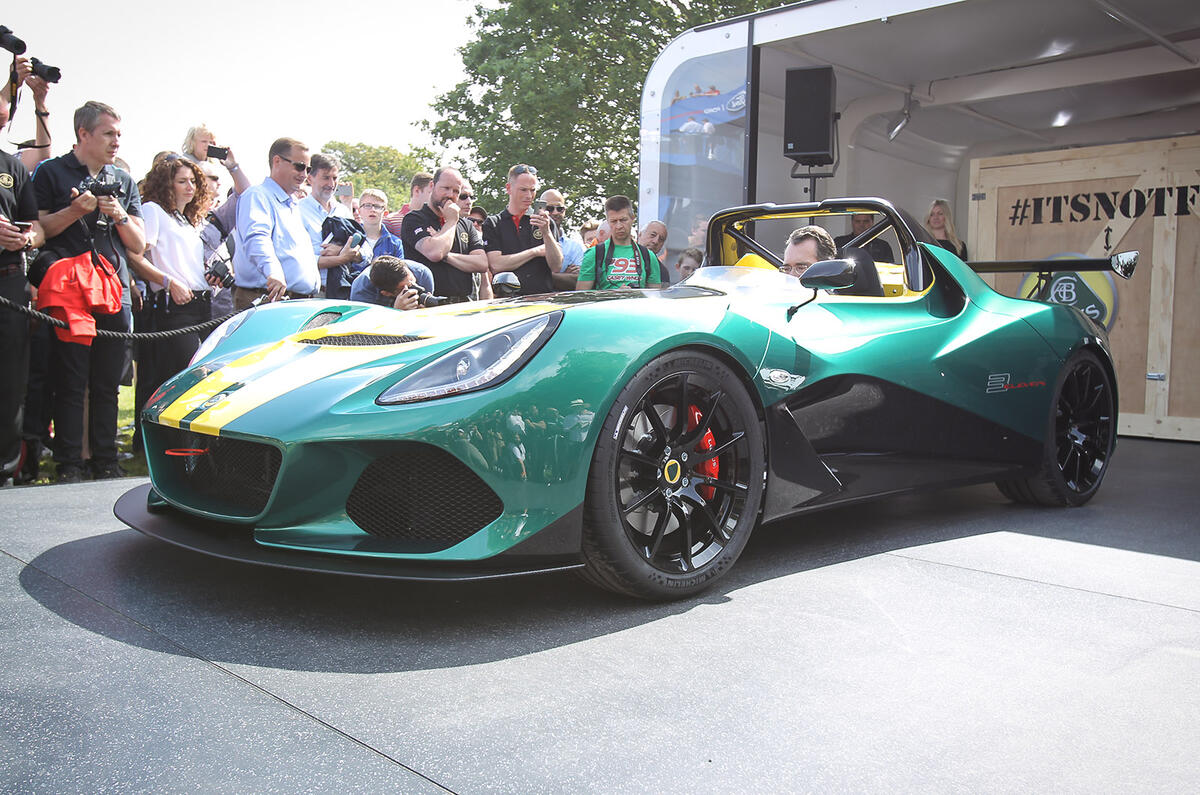
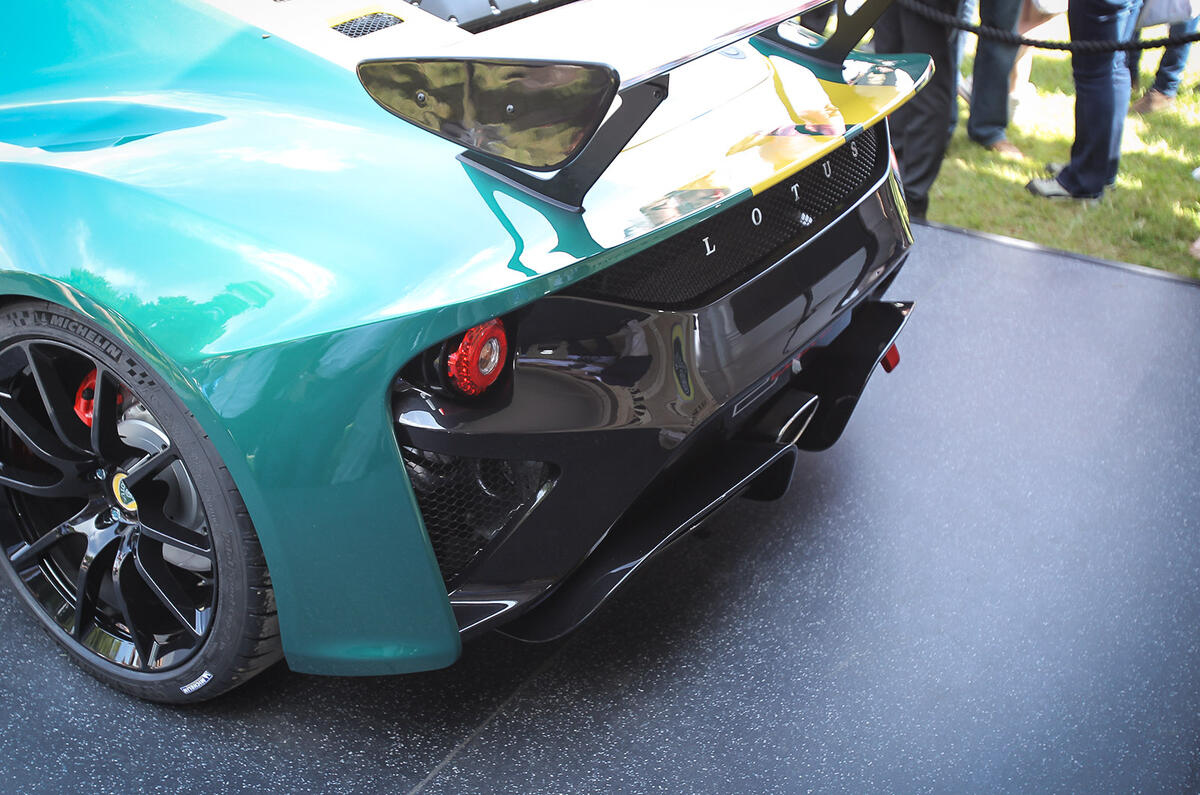
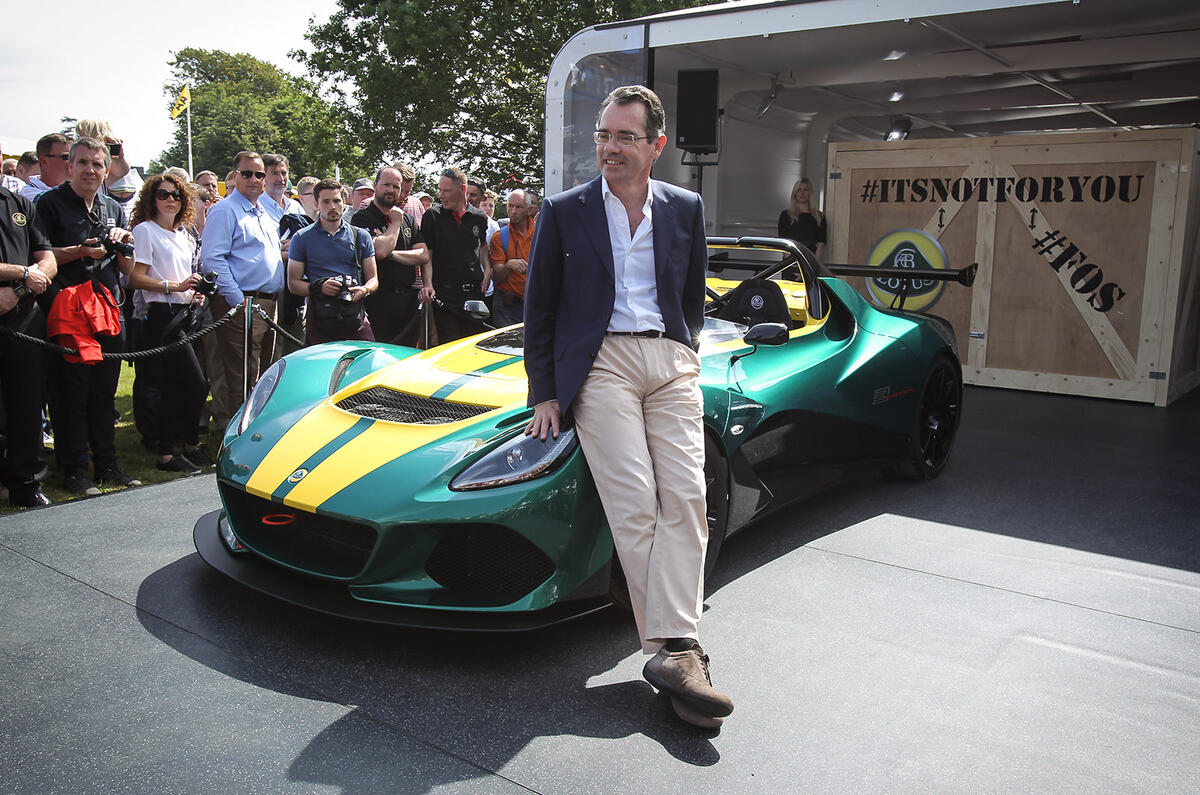
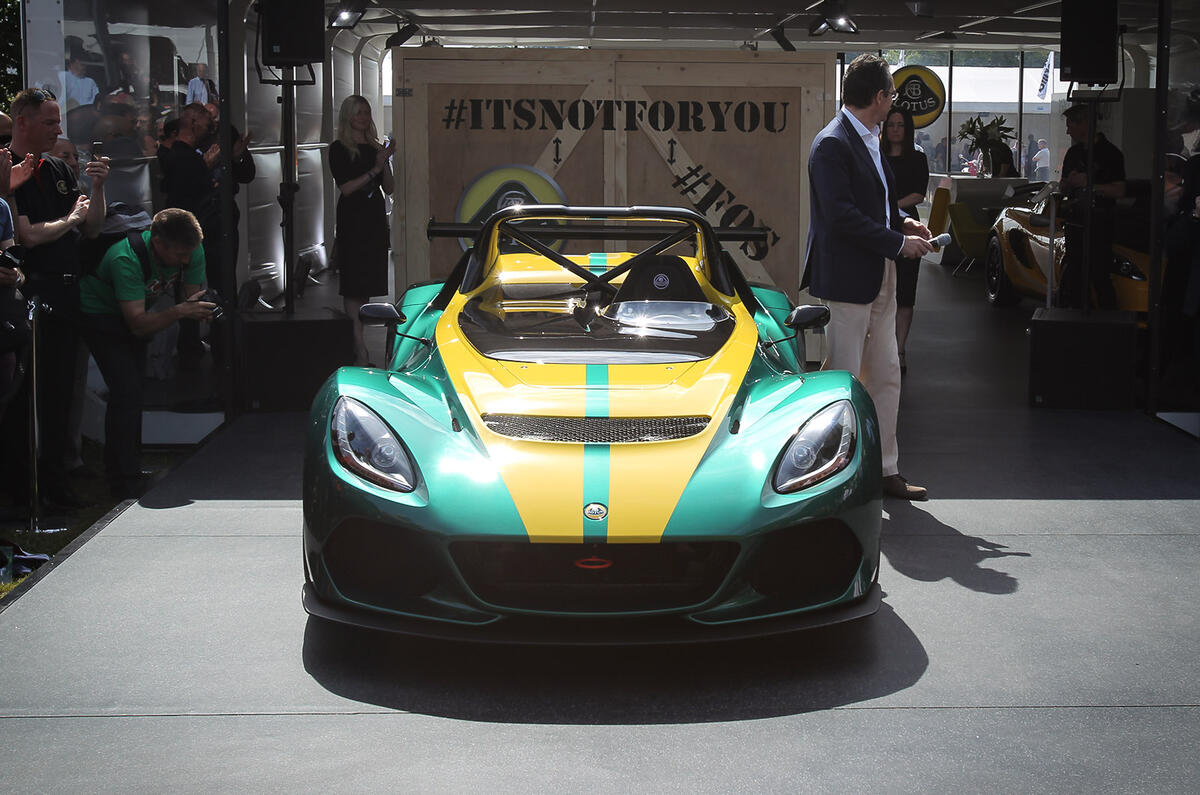
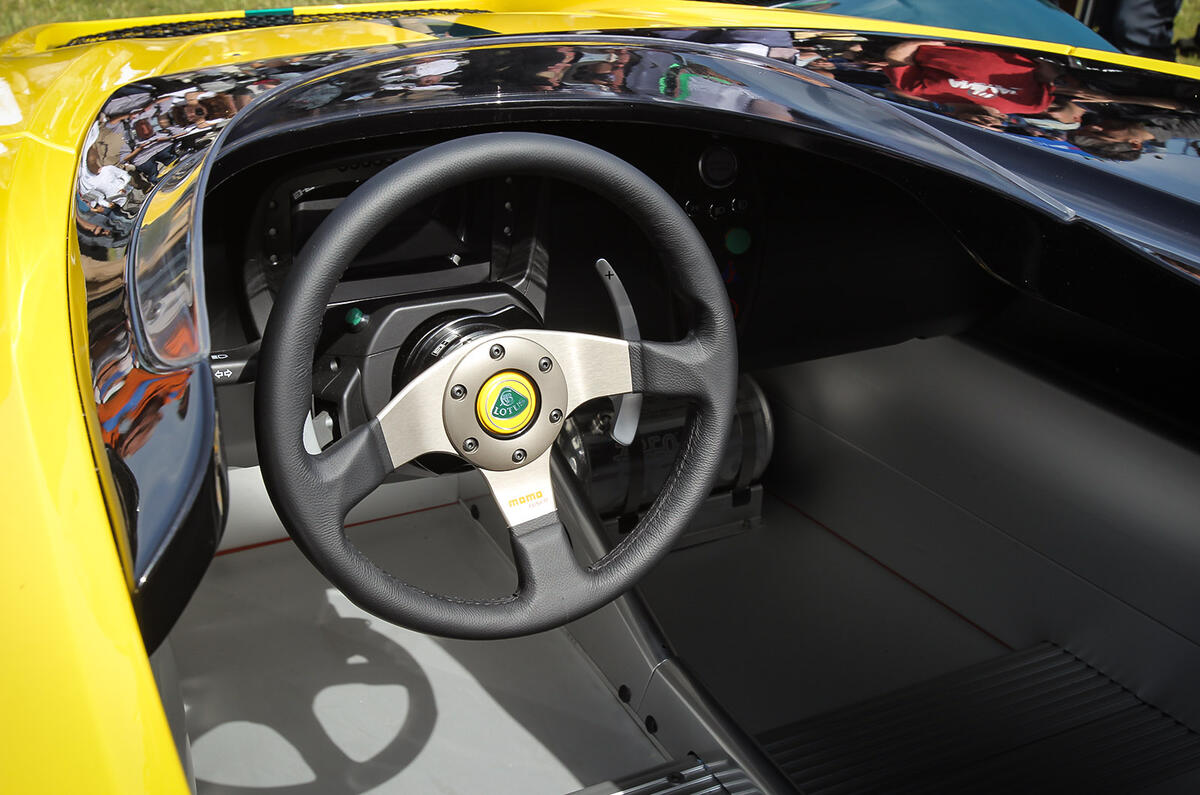
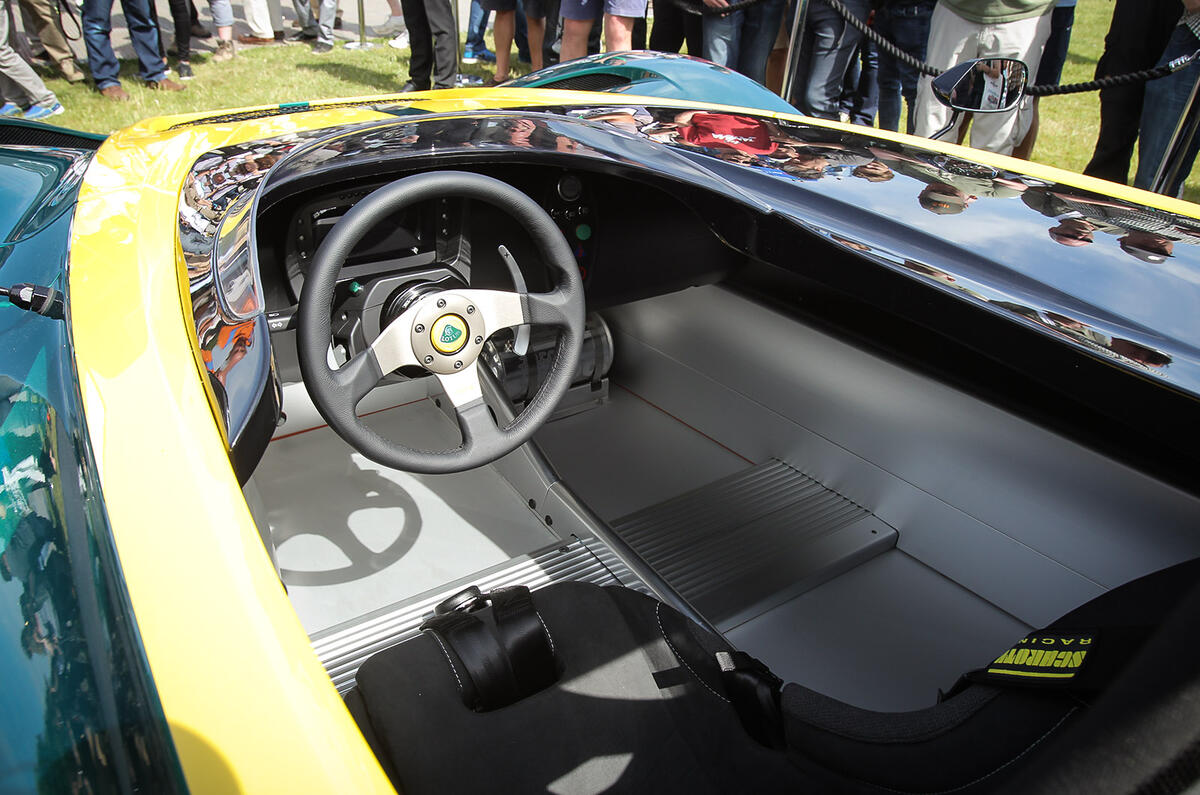
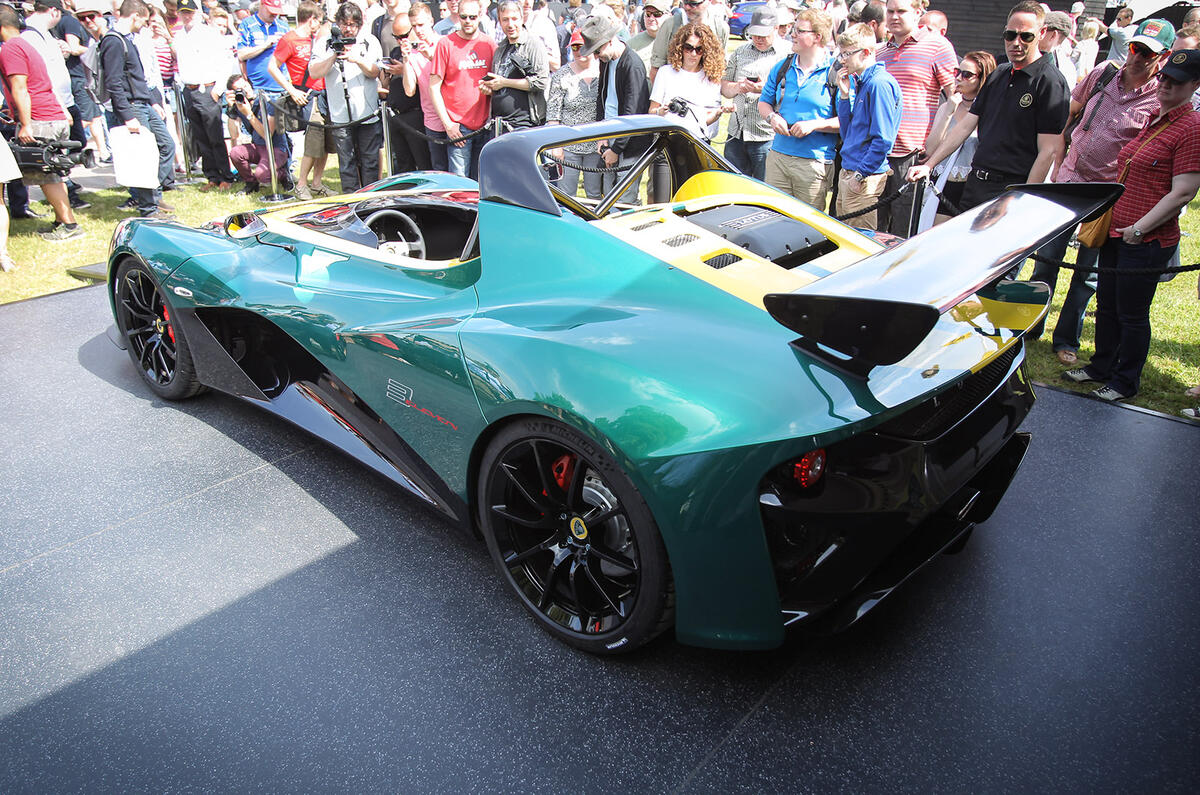
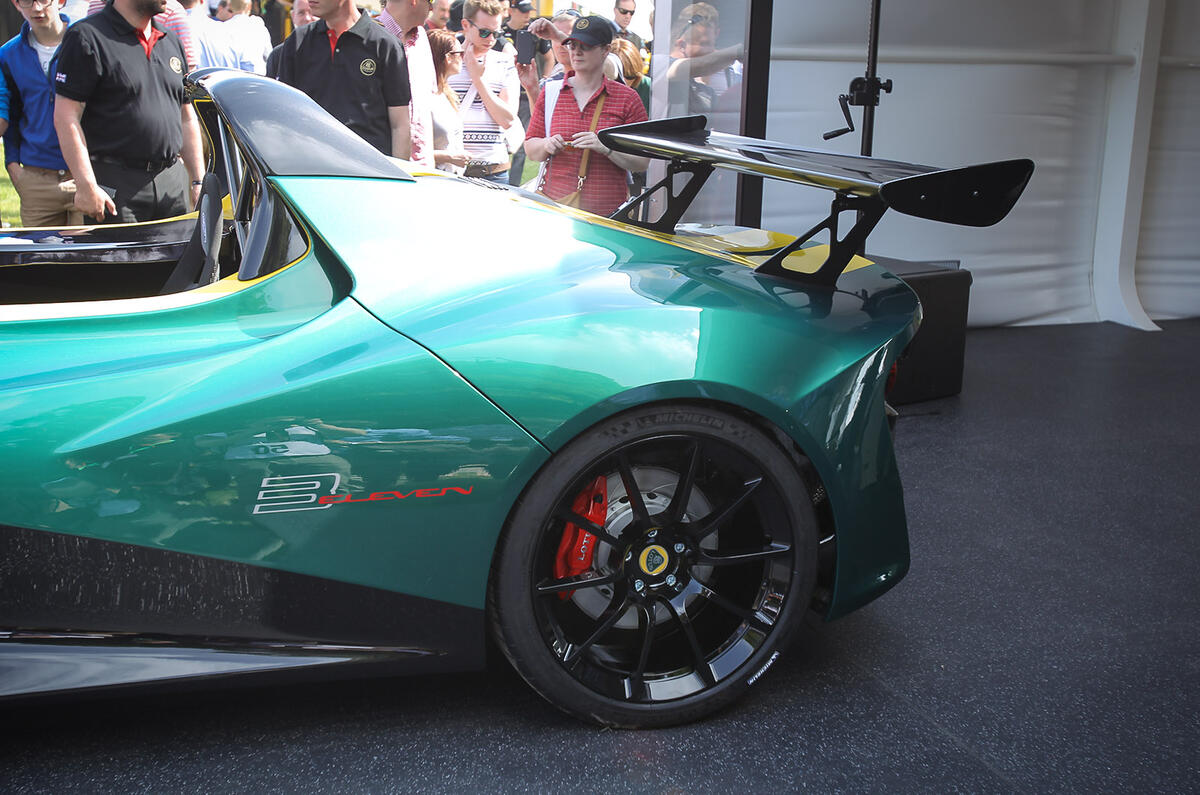
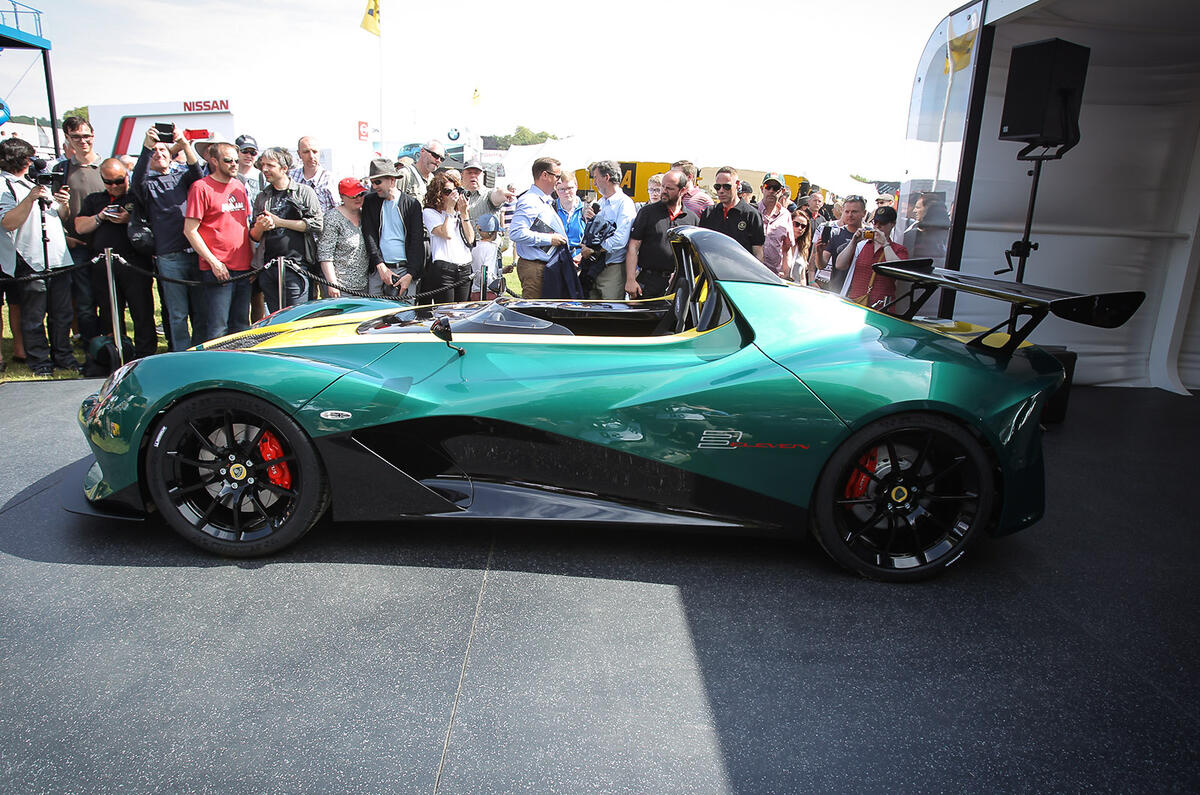
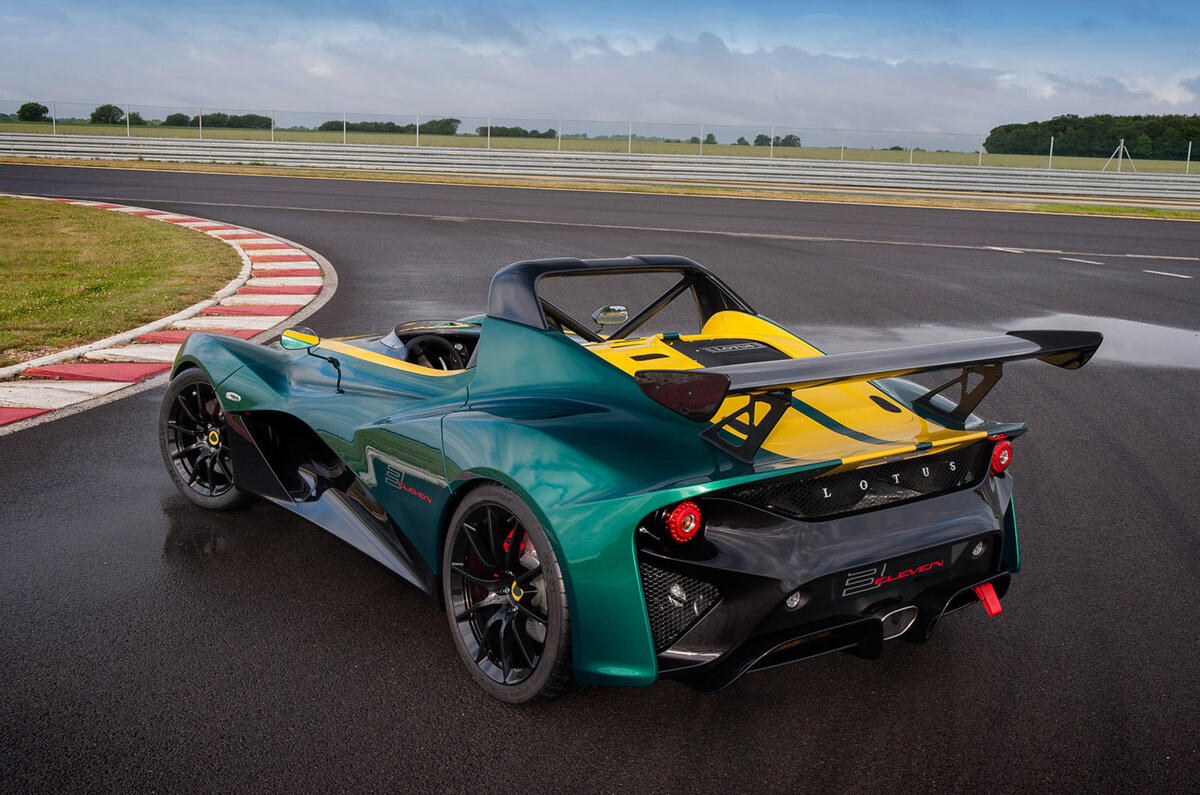
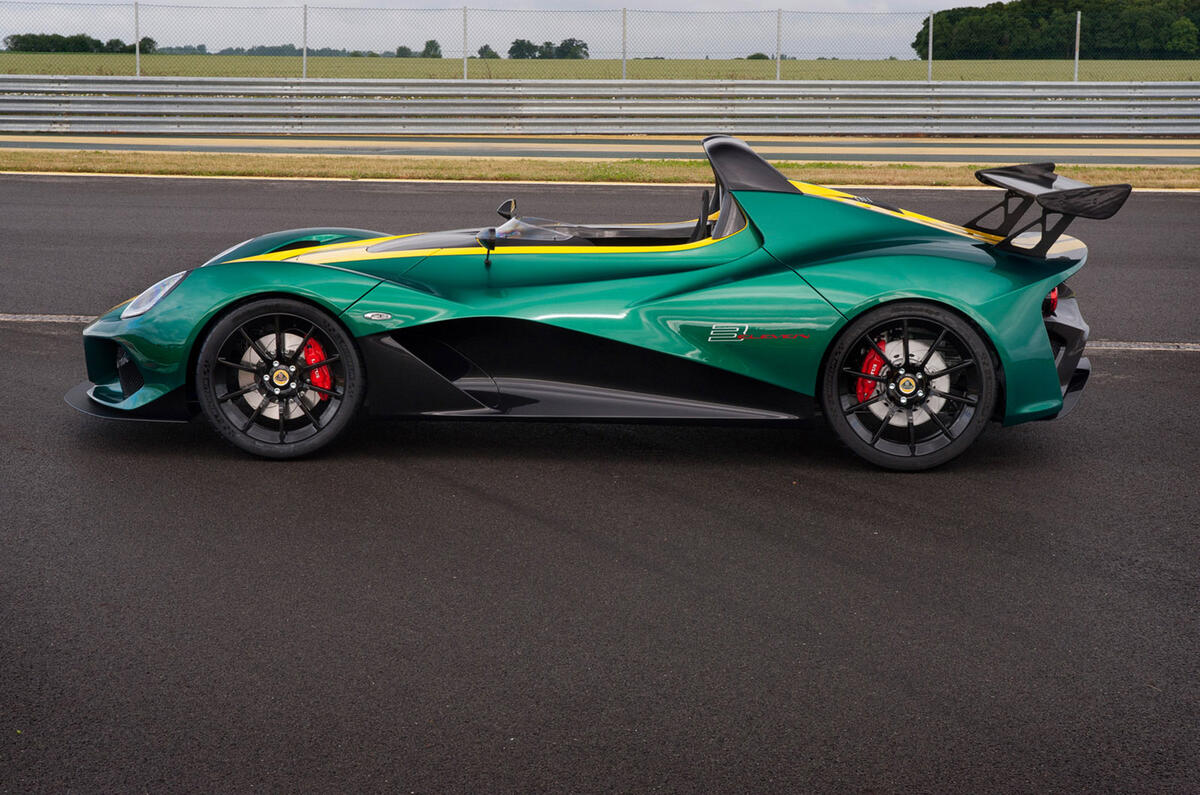

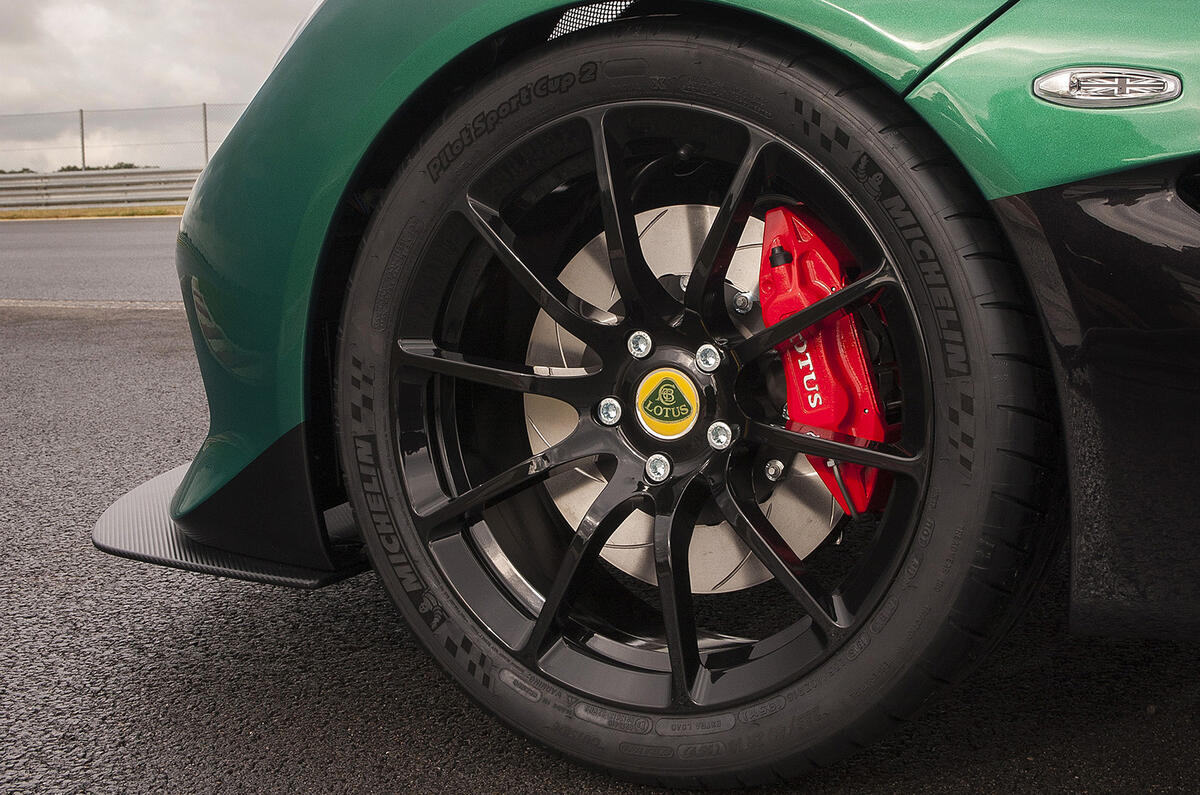
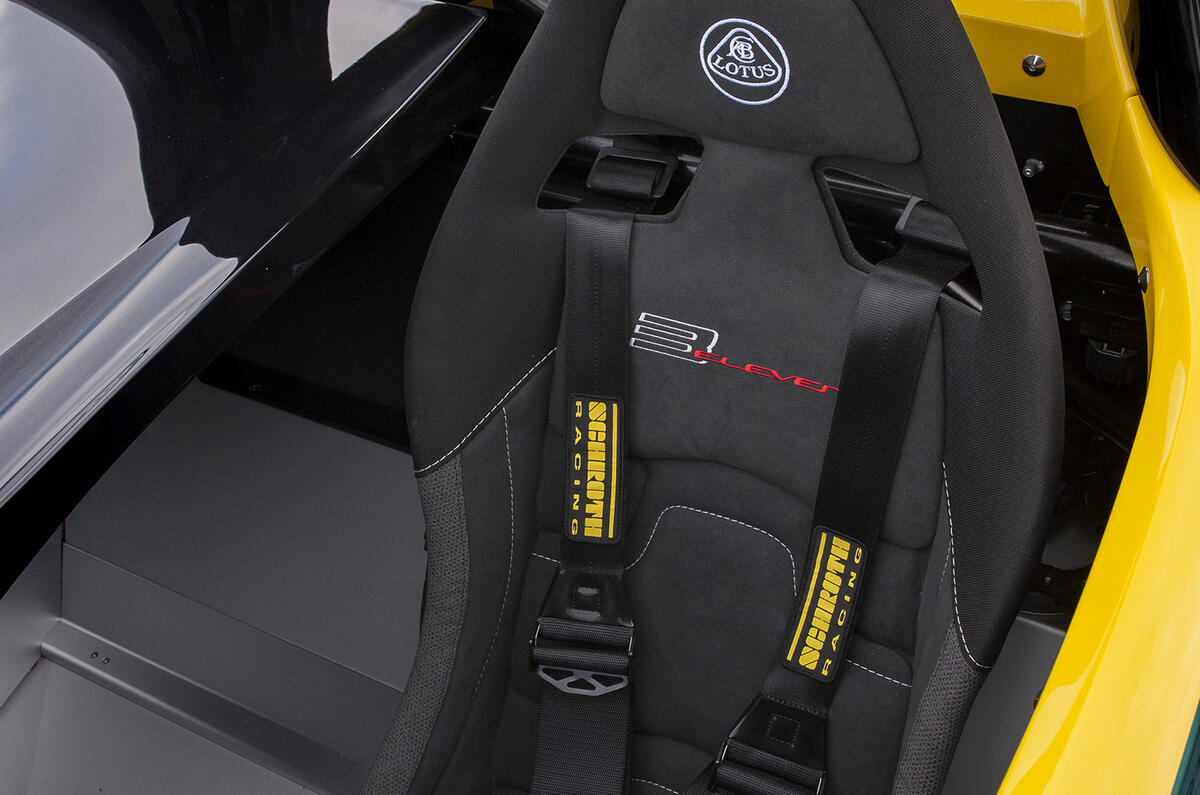
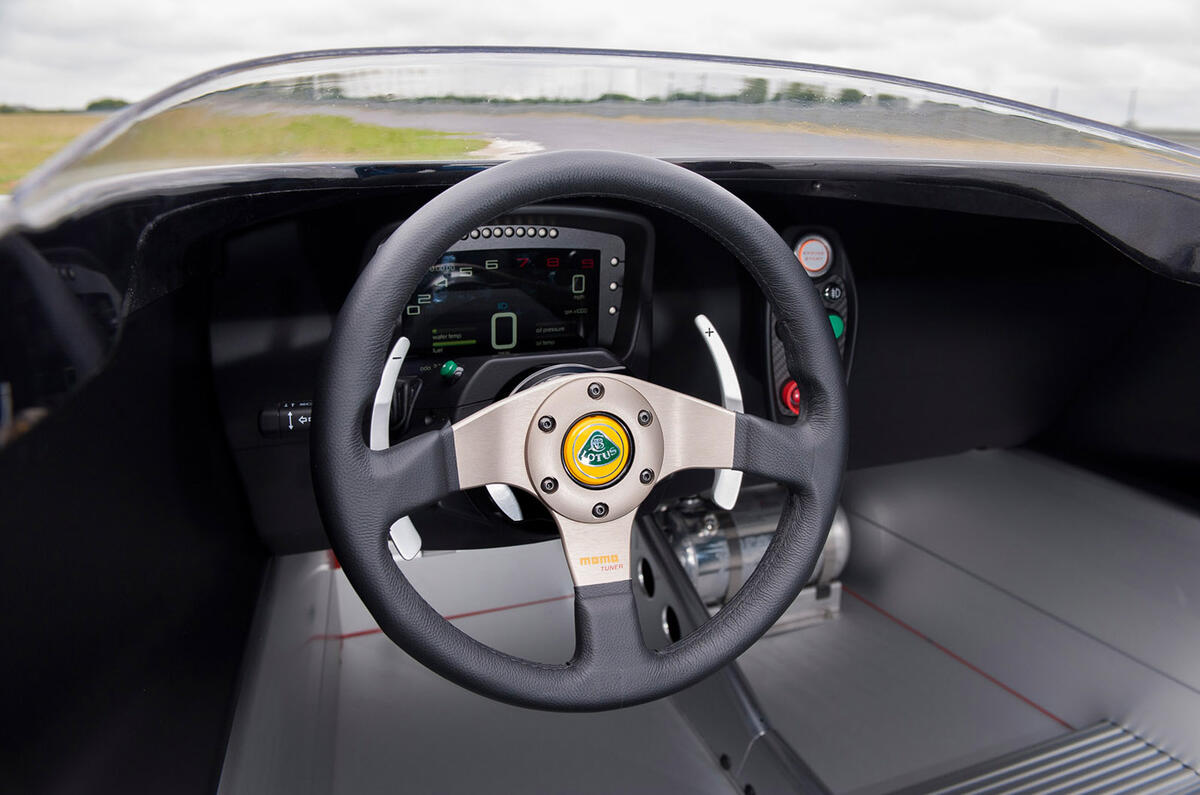
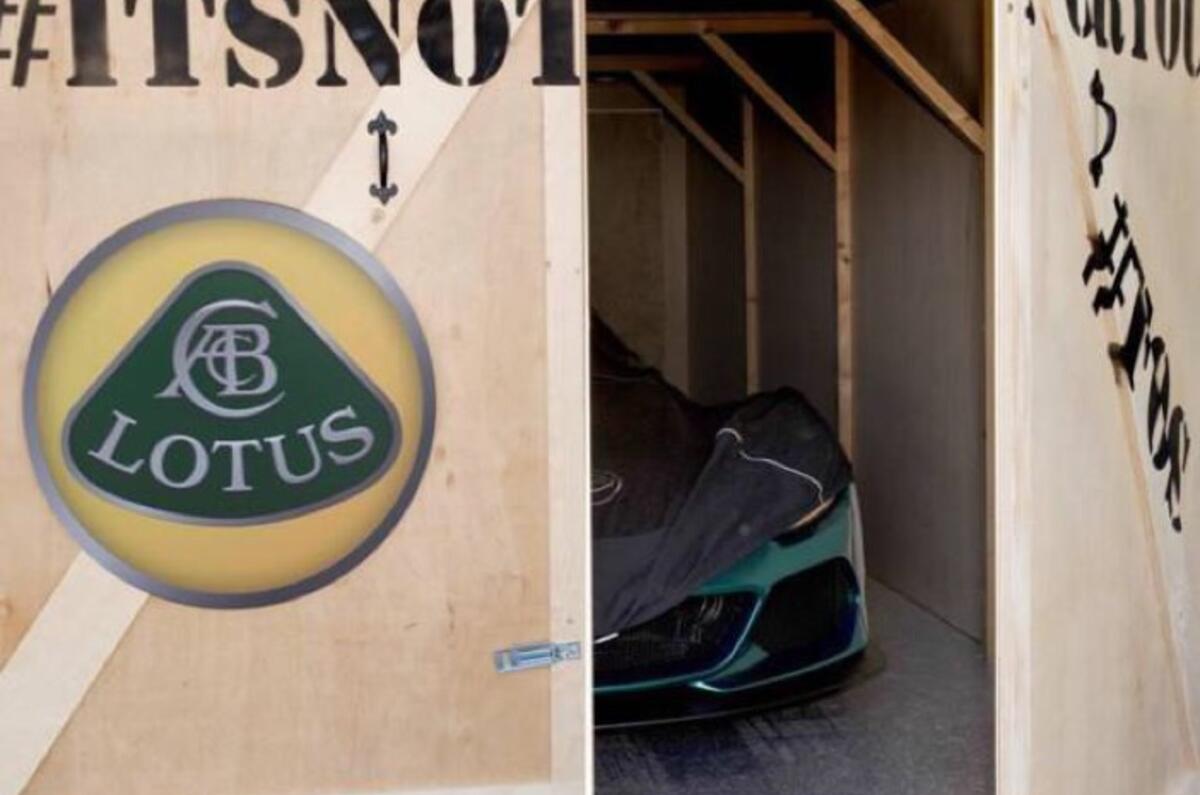
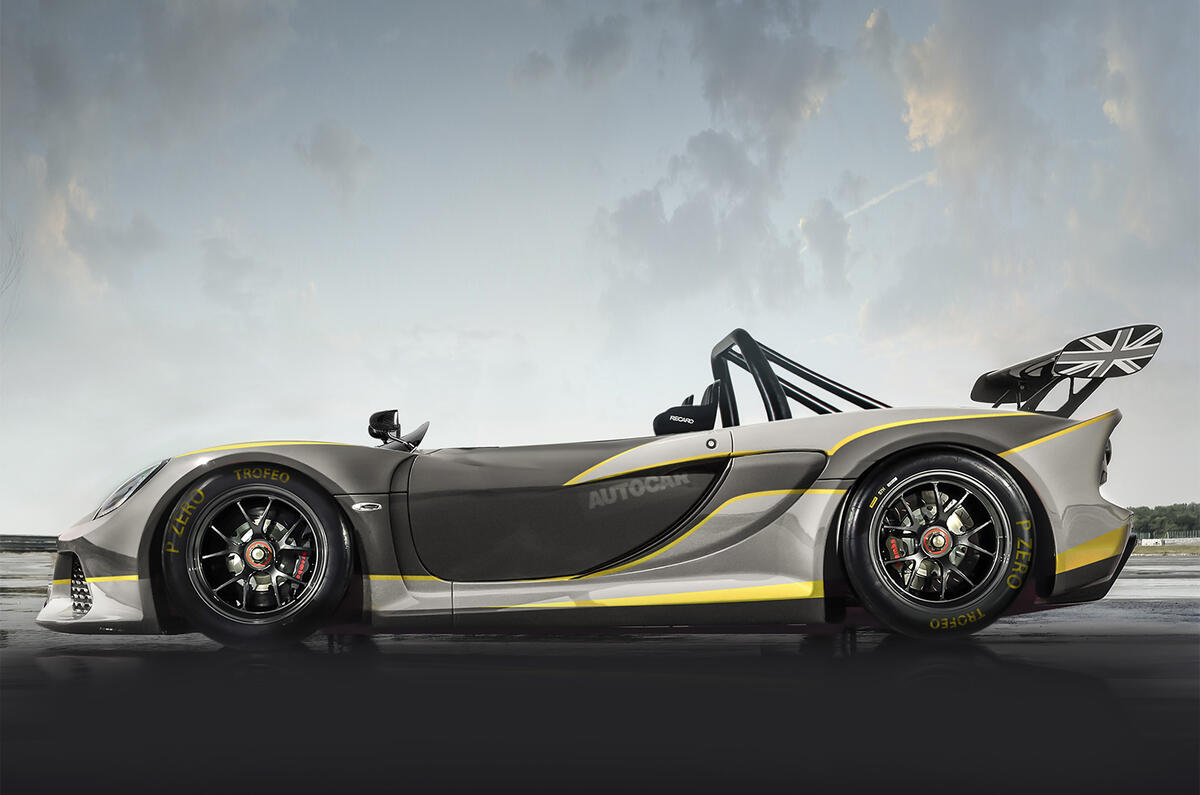








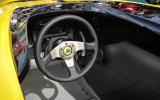
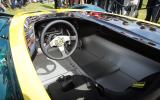





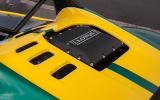

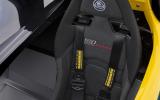

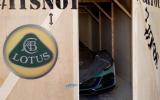







Join the debate
Add your comment
Making a fast car is the easy bit
The comments sections in online articles
welcome
Ok, £82k isn't cheap, but